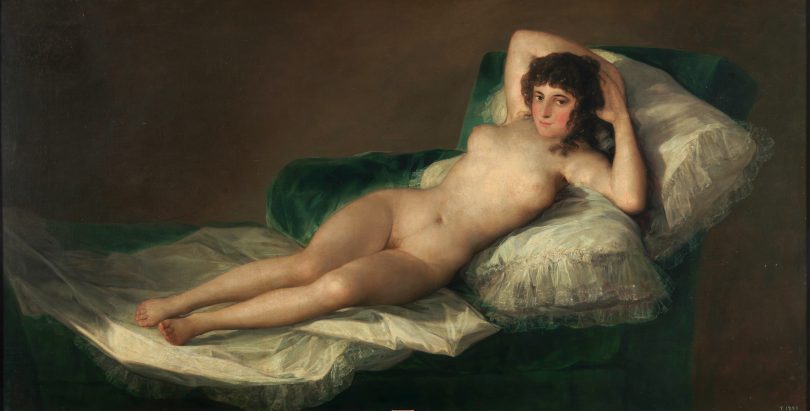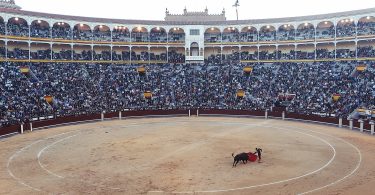The Prado Museum’s art collection consists of around 7600 paintings in total, of which more than 1300 works are on permanent display in the Prado and around 3000 works are on temporally loan to other museums or exhibitions. The Prado museum is Spain’s most important classic art museum and has one of the most famous art collections in the world. If you would like to see the whole Prado collection of 1300 paintings you should try to schedule in at least one and half or two days for your visit. Most people though who visit the museum normally only have one day scheduled or less and for this group the museum designed three different walking routes where you can just see the highlight paintings of the museum’s collection.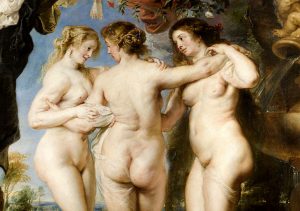
The three different highlight routes can be selected on the time you have available for your visit. Routes of 15, 30 and 50 works have been planned out, which cover the most important artists represented around the galleries in the Prado Museum, and feature major masterpieces of European classic art such as The Descent from the Cross by Rogier van der Weyden or The Three Graces by Pieter Paul Rubens.
This last piece is a wonderful romantic painting painted by Rubens in 1638 and shows three very full models who reflect the image of Zeus´s three daughters; Aglaya, Talia and Eufrósine and stand for beauty, charm and joy. This painting was one of Rubens favourites and he never sold it but always kept it for his own private collection. Word said that his wife was one o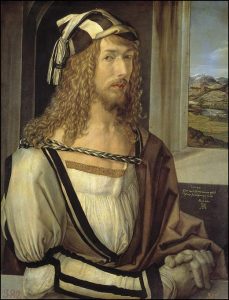 f the models who posed for the painting and that is probably the reason why he never has sold it during his life.
f the models who posed for the painting and that is probably the reason why he never has sold it during his life.
The famous paintings of Adam and Eve from 1507 by German painter Albrecht Dürer (or translated as Alberto Durero in the Prado) are also two master pieces that cannot be missed on the highlight tour and are probably one of Dürers most famous and celebrated paintings he has ever made. Dürer, who was probably inspired by Botticelli´s art for these paintings, shows here an already very advanced mastering of the dark/light composition for his time.
Another not to miss highlight painting is a masterpiece from Dutch painter Rembrandt van Rijn called Judith at the banquet of Holofernes formerly known as Artemisa. It’s one of Rembrandt finest pieces and has two explanations of which none of the stories is confirmed by any expert so far. In the first explanation of the painting, Saskia, Rembrandt´s late wife, poses as Artemisa wearing incredible jewels and other rich garments, receiving a cup from a maiden. The cup contains the ashes of Artemisa’s death husband, King Mausolus, as it was said that she mixed his ashes in her daily drink while she gradually pined away during the two years that she survived him. In the second explanation, Saskia models as Sophonisba, a Carthaginian noblewoman who preferred to poison herself rather than be to humiliated when she was about to fall into the hands of the Roman empire.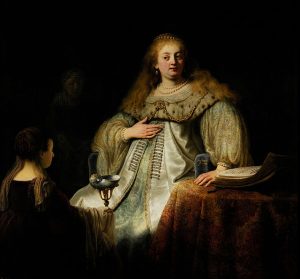
Other famous pieces that are part of the Prado highlight collection include works from Rafael, Tiziano, Tintoretto, Pieter Brueghel “the Elder”, El Greco, Francisco Goya and Sorolla. All, one by one, European masterpieces that are well worth a visit. The Prado´s most important painting is probably Las Meninas though, painted by Spanish 17th century painter Diego Velazquez and also explained in another article on this blog.



